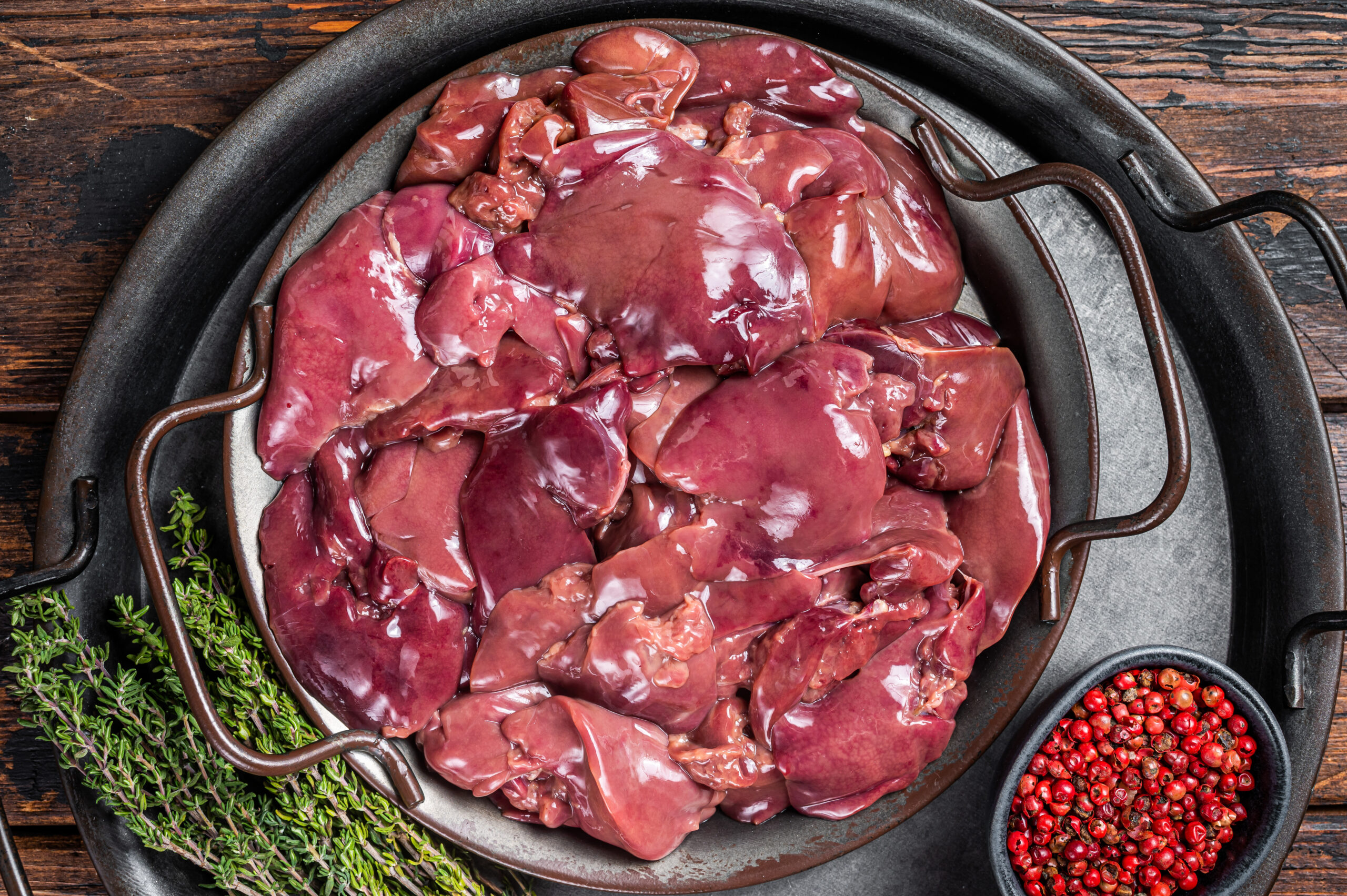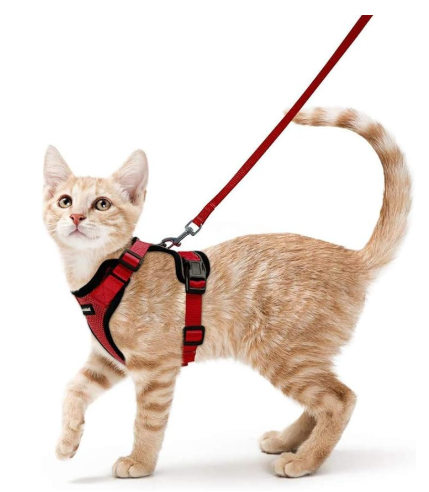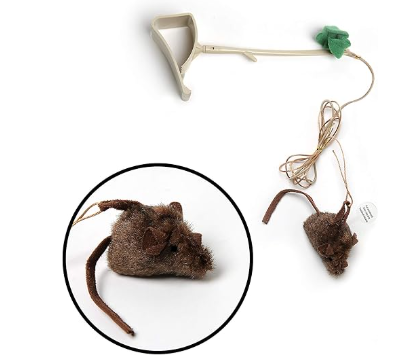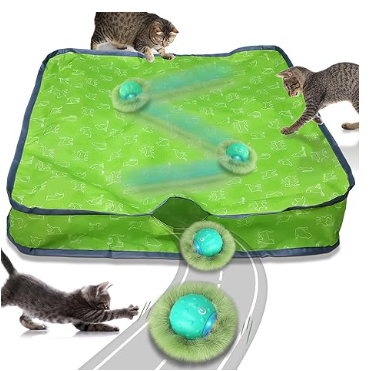Do you ever wonder if your feline friend can enjoy a tasty treat like chicken liver? You might have noticed “liver” as a common ingredient in many cat foods, but what does that really mean? Let’s dig into this.
Why Chicken Liver?
Chicken liver is a nutritious food option for our cats. That’s right! In fact, reputable commercial cat food often includes chicken liver, providing our furry companions with essential nutrients. Pet nutritionist Emma Passman emphasizes that while cats can eat chicken liver, moderation is key.
So, what makes chicken liver such a beneficial addition to their diet? First off, it’s packed with essential vitamins and minerals. Chicken liver is high in iron, which is crucial for blood production. It also contains vitamin A, which supports vision and skin health. Plus, let’s not forget about vitamin B12—important for your cat’s immune function and overall nervous system. Not to mention, most cats find chicken liver quite delicious!
Another point worth mentioning is the moisture content in chicken liver. It stands at around 75%, compared to 65% in regular muscle meat. This higher moisture means it can help keep your cat hydrated while also being low in fat. Additionally, chicken liver has a low ash content, aiding in the prevention of struvite crystals in the urine. And it’s worth noting that chicken liver also offers taurine, an essential nutrient primarily found in animal tissues that supports heart health.
Raw Liver?
What about feeding raw chicken liver to your cat? This topic can get a bit tricky. While cats can potentially consume raw chicken liver if it’s fresh and properly handled, there are health risks to consider. Raw meat can carry bacteria like Salmonella or E. coli, which pose risks not just for your kitty but also for you! For that reason, many veterinarians advise against incorporating raw foods into your cat’s diet.
If you still wish to offer your cat raw chicken liver, make sure it’s sourced from a reputable supplier, kept refrigerated, and handled with the utmost care to minimize any health risks. It’s also interesting to note that other types of liver, like turkey or beef, don’t differ much nutritionally. However, chicken liver aligns more closely with a cat’s natural diet since they tend to prey on birds in the wild.
How Much is Enough?
Now that we’ve explored the benefits and safety considerations, how much chicken liver should you actually feed to your cat? Balancing quantities is crucial to ensure your pet enjoys this treat without any potential downside.
Conclusion
So, to sum it all up: cats can safely enjoy chicken liver as an occasional treat, packed with nutrients that can support their health. Just remember to offer it in moderation, be aware of the safety guidelines for raw feeding, and make sure your cat’s overall diet remains balanced.
Got more questions about your cat’s nutrition? Let’s keep the conversation going!Chicken liver can be a healthy treat for cats, but moderation is key. Overconsumption might lead to toxicity, though instances in commercial diets are rare. For occasional feeds, ensure it’s cooked.
Wondering about other meats? Avoid processed options like salami or raw fish. Let’s keep your feline friends healthy!



